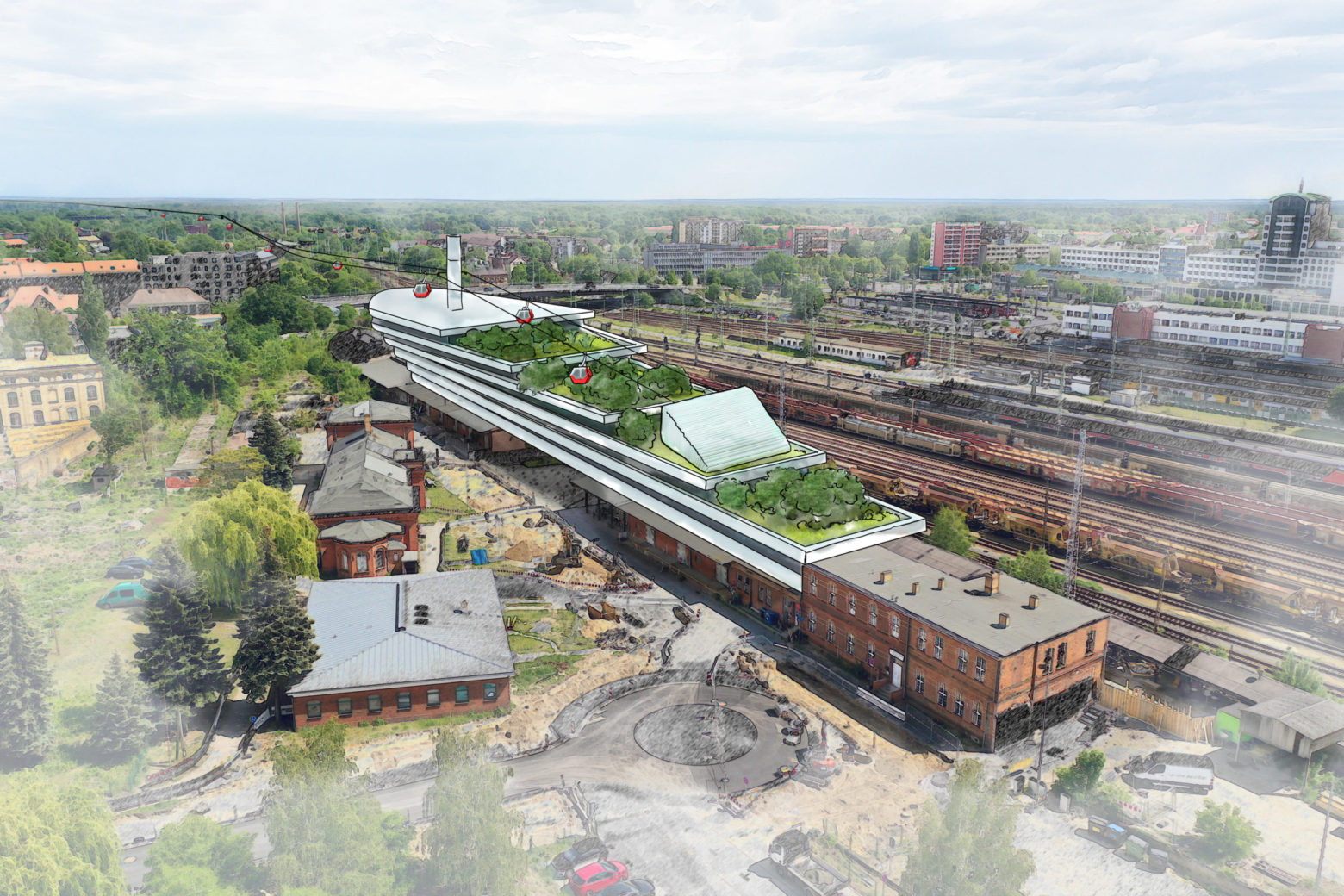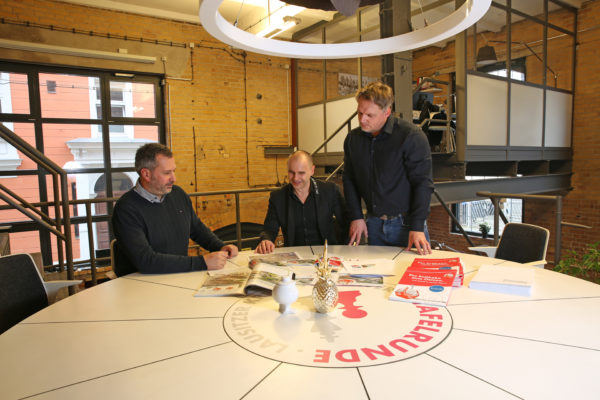
Cities, SI Urban 1/2021
Cottbus: Citizens’ initiative calls for cable car
In Cottbus, all the indicators are pointing to change, and for good reason. Most of the value creation here comes from lignite mining and that is precisely what the people now want to change: from coal to knowledge region – that is the plan. That is all well and good, Tobias Schick, Jens Taschenberger and Marcel Linge thought, but there was no emotive highlight to act as a beacon for the new district at Cottbuser Ostsee.
It very quickly became clear that an urban cable car is precisely what is needed here, since the newly developed area needs to be connected to the existing infrastructure. An urban cable car combines sustainability, accessibility and modernity – everything you could hope from the new development.
There are not yet many urban cable car projects in German- speaking countries and most of them are planned as tourist facilities, rather than as a part of the local transport network. The Cottbus cable car will take a different approach here.
What people want is an efficient transport system that is perfectly integrated into the existing infrastructure. If implemented successfully, this project could demonstrate whether and how an urban cable car can work in Germany.

Cottbus
(From the left) Tobias Schick, Jens Taschenberger and Marcel Linge started the citizens’ initiative for an urban cable car to connect Ostsee and the railway station.
Route
The cable car route would run from the main railway station to the new, climate-neutral district at Cottbuser Ostsee. Via intermediate stations with a stop at Sandower Dreieck station, there would be connections between Stadion der Freundschaft stadium and the parklands from Spreeauenpark via the zoo to Branitzer Park. The future suburb on the lake would also be integrated climate-neutrally into the public transport network, via an additional intermediate station.
Feasibility study race
For most projects, there is only one study, but there could soon be two in Cottbus. The reason for this goes back to the commitment of the three musketeers from Lusatia. They have linked up the right partners with the city of Cottbus and thus initiated participation in the German federal ministry for environment competition #mobilwandel2035.
Since the project outline for sustainable development of the region was submitted to the federal competition on time, it is now hoped that funding will be provided for implementation of the cable car vision.
However, it will be some time before the project is assessed – too long, not only for Schick, Taschenberger and Linge but also for the city council, which has now invited feasibility study tenders for itself.
The results should be available as early as in May 2021. The people of Cottbus are therefore already one step ahead in the feasibility study race. They are confident that the results will support the urban cable car project.
INNOVATION AREA
Another key element of this strategy is a long building in the shape of a ship, which lies directly on the planned route of the cable car. From here, the aim is “to discover new worlds.” The idea is that clever heads and creative minds will come together here and generate further value added.
Discussions are also ongoing with companies such as UP-Bus, to create the basis for collaboration. The idea could include the provision of major technologies, supports, gondola construction or joint development.
Technological pioneer
For a successful path towards being a new pillar of the economy, new value creation channels are also being sought and closely examined. There is no lack of potential projects here. For example, contact has already been made with start-up UP-Bus and there are many opportunities for collaboration here (see box).
With the Lausitzring, Europe’s largest centre for autonomous and connected driving is on the doorstep, and Europe’s most cutting-edge rail works will open in Cottbus by 2027. Also, at the local technical university, a dozen new research institutions are being launched in the area of advanced climate-friendly technologies. Cottbus and the surrounding area of Lusatia are on the way to becoming pioneers of the EU’s Green Deal.
There is therefore nothing to stop the city setting out for new horizons, and an urban cable car could lay the foundation for this. tm







